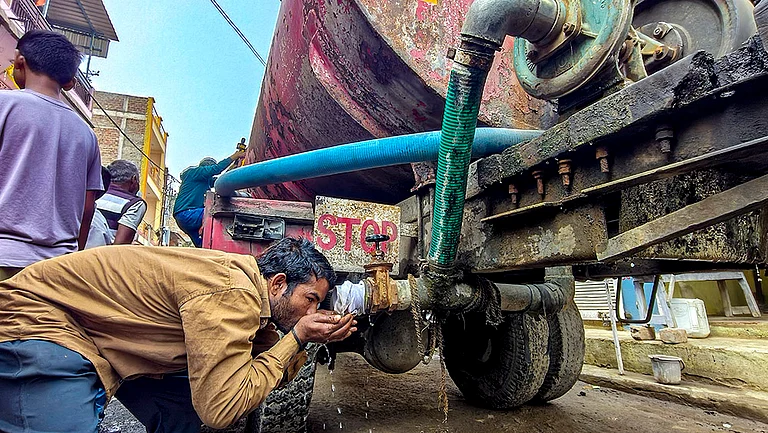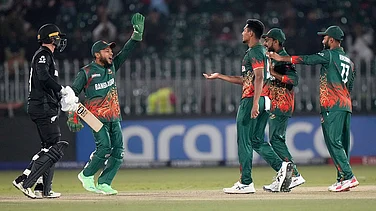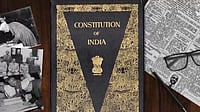The beautiful game was shaken by the events at Kanjurahan Stadium in East Java, Indonesia, on October 1. Javanese club Arema Malang took on their local rivals Persebaya Surabaya. As the game ended, supporters of the losing side rushed the field, and the police responded with tear-gassing. (More Football News)
In the ensuing chaos, some 125 fans lost their lives and over 320 were injured. FIFA president Gianni Infantino called it a ‘dark day for football’, and a “tragedy beyond comprehension”.
Indonesia, among the deepest football cultures in Asia, is in shock and mourning. President Joko Widodo ordered a stop to all league games until a full investigation and evaluation of the security situation is carried out. The messaging is clear. The hope is that this event helps all involved parties force real change in the culture of the terraces, from the government to the sporting federations to security forces. Especially, the security forces.
Indonesian fans are resenting the international coverage of the horrific night. As is the pattern with violence in football, the blame is first placed on the fans, the ‘ultras’, and then rarely, if ever, on the authorities that play a part in the way violence erupts. For it is easy to scapegoat the fans.
Make no mistake, the passion runs deep in Indonesian football. There are heated rivalries between teams all over the country. Over-crowding at stadiums is frequent, and almost accepted. The ultras groups have their own track records of violence. In 2018, a Persija fan, Haringga Sirila, was beaten to death by rival Persib Bandung fans.
It is a problem. But fans also feel the response from security forces is often disproportionate and escalates the situation, rather than controlling it. The forces hit first and ask questions later. Not just in Indonesia, but also at the terraces of Arris Thessaloniki in Greece, or Boca Juniors in Argentina. In 2016, 16-year-old Muhammad Fahreza was allegedly beaten to death by police at a game between Persija and Persela Lamongan. After that, thousands of supporters gathered together, held vigils and signs demanding a stop to police brutality against fans.
This argument gains credence when you realise that the trouble in Indonesia was not caused by a clash between rival fans. Simply because supporters of Persebaya Surabaya, the opposing team, were not allowed in the stadium for the game in the first place. This is a fact that has gone under-reported in the international media.
Fans, stakeholders, and Indonesians hope this tragic day will be the final push for real change. But they already worry that the way the event has been portrayed will eventually affect the overall outcome. It is an insidious pattern, one that football has never been able to shake.
Here, there is no one better to ask than Liverpool Football Club. Since the 1989 crush at Hillsborough where 96 Liverpool fans died, the authorities placed the blame squarely on the fans. The club and supporter groups fought a long and protracted battle to right this narrative, and eventually won.
Earlier this year, fan violence broke out at the Champions League final in Paris. The police tried once again to place the blame on supporters. But the club was ready. It mobilised its machinery and groups to challenge all accusations, knowing that the popular narrative would eventually decide the outcome of the dispute. Eventually, the forces were held accountable. The chief constable of police, Didier Lallement, who had a checkered history with fan violence, resigned.
The football community, including Indonesian fans, are aware of this. Already, the blame game has started. One official claimed that organisers ignored recommendations to hold the game in the afternoon to avoid violence. The state’s response to re-craft the narrative is underway. The tendency to blame the most visible participants in the tragedy is obvious.
But maybe things are different this time. For once, the sheer scale of the disaster makes it hard to simply scapegoat supporters. A nation mourns and is angry, but they know who to blame. Indonesian fans and rights groups already point to the FIFA Stadium Safety guidance rules which state that “crowd control gas” should not be carried or used at stadiums. The footage emerging from the stadium shows chaotic scenes, fans running as thick hazes of tear-gas perpetuate the air. The evidence is overwhelming and clear, and thus can be a true precipitator for change.
Indonesian football is in a good moment. They have just secured qualification for the 2023 Asian Cup for the first time since 2007 and are scheduled to host the U-20 World Cup which is driving a big infrastructure push in the country. It is the fervent hope of a passionate footballing nation that the right answers are provided and the issues acted upon.


























